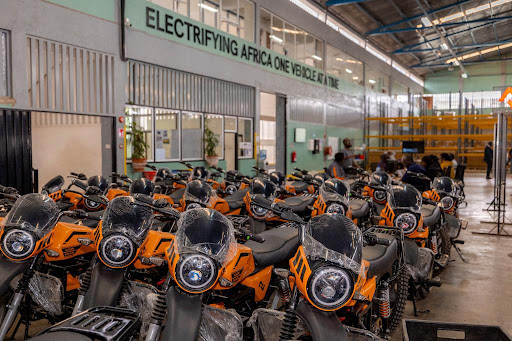The government is planning to electrify all motorbike taxis popularly known as Boda Boda, and Matatus, as it shifts to clean and sustainable energy technologies.
This was revealed by the Chairperson of the President’s Council of Economic Advisors, Dr. David Ndii, who said that the country plans to electrify all boda bodas in the next 3 years and all matatus in the next 5 years.
Ndii spoke on Wednesday, November 6, during the 2024 NCBA Economic Forum in Nairobi. He explained that the plan to go electric will save the country $1 billion of petroleum imports.
“By the time we are done electrifying boda bodas, we will be saving around $1 billion of petroleum imports,” he said.
The move is expected to not only reduce greenhouse gas emissions but will also provide cheaper transport and spur the growth of the electric vehicle industry.
Kenya opens doors to digital nomads with new “Class N” work permit
In August last year, the government said that it had put together a 15-member team tasked with setting up an e-mobility policy which will inform the country’s transport sector going forward.
President William Ruto further reiterated the country’s commitment to the adoption of e-mobility.
“We are committed to enhancing our climate action by adopting low-carbon and efficient transportation systems through the application of innovations including clean, efficient, and sustainable energy technologies,” said President Ruto.
According to the Energy and Petroleum Regulatory Authority, Kenya had 3,753 EVs on its roads as of December 2023. This number constitutes 1.62% of the total number of vehicles registered in the country.
The country intends to increase electric mobility adoption as part of its wider plan to address greenhouse emissions.
The Transport Sector Climate Change Annual Report, 2018–2019, showed that transport sector accounted for about 12 per cent of Kenya’s total greenhouse gas emissions, which amounts to 11.25 million tonnes of carbon dioxide equivalent as of 2015.
Transport ministry says the sector is heavily responsible for emissions of harmful pollutants that contribute to public health issues in cities.
This includes 61 percent of nitrogen oxide pollution and 39 percent of harmful fine particulates.








